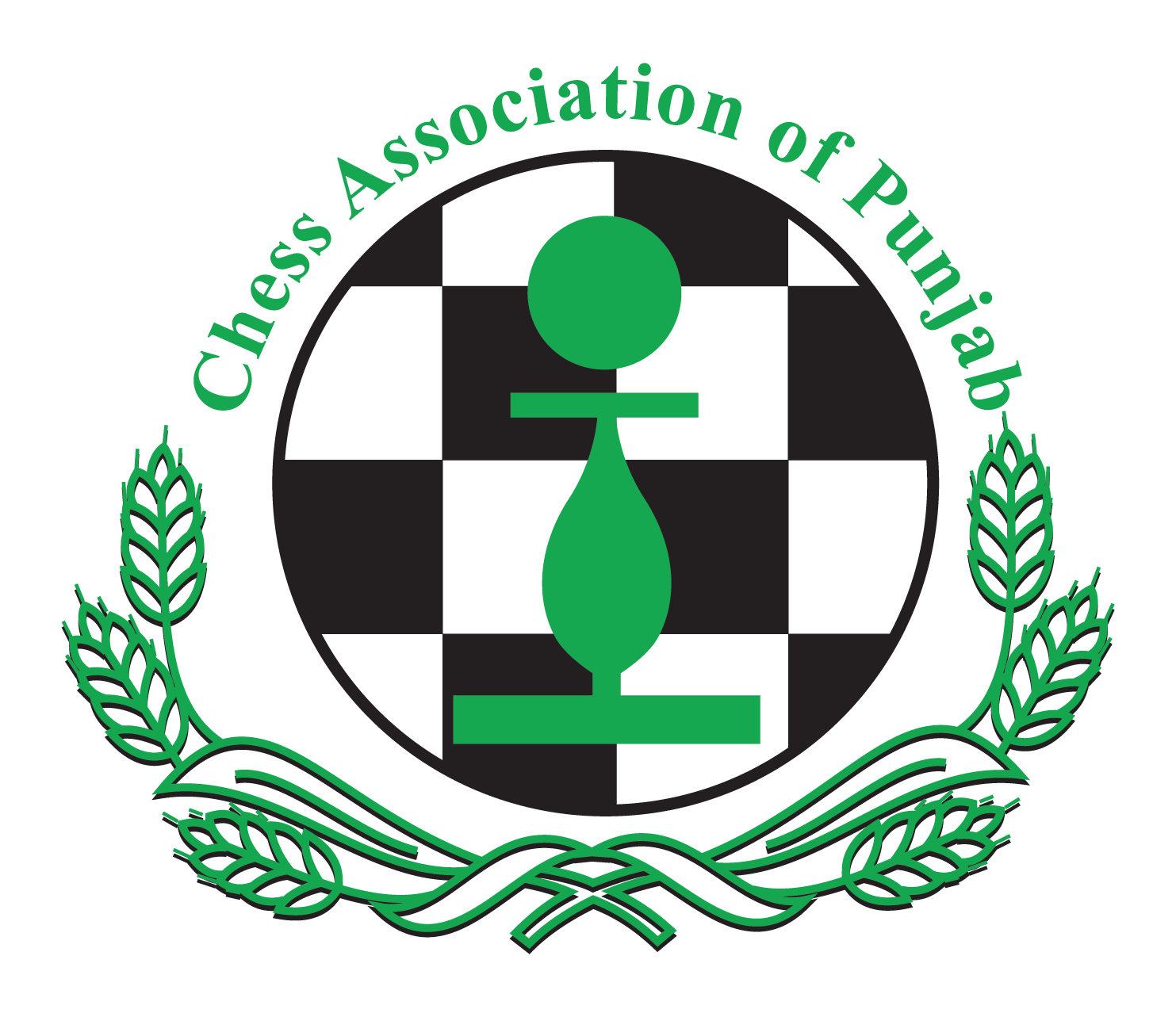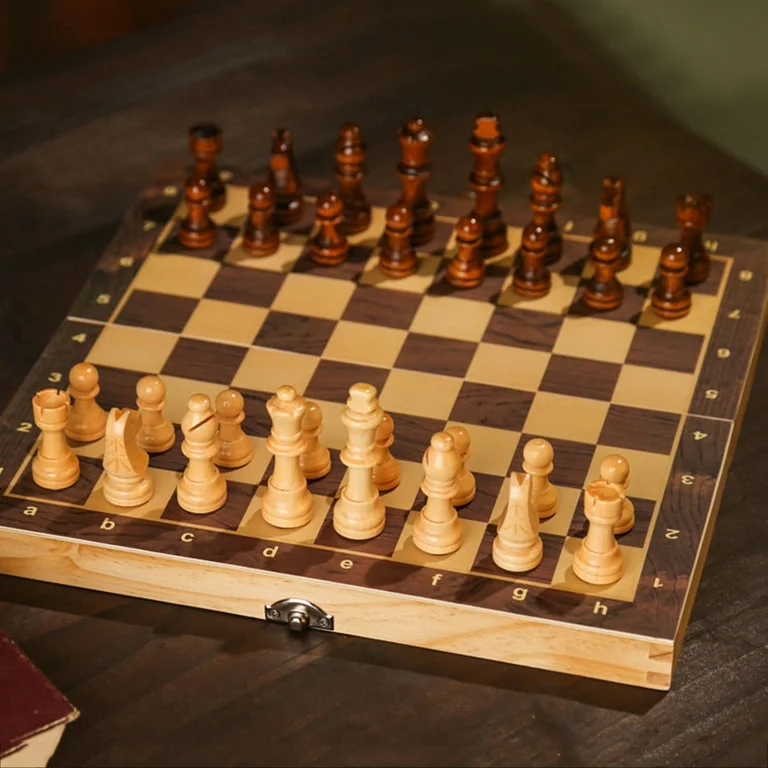Chess is a game that combines skill, strategy, and patience. For beginners, learning the fundamentals of openings, mid-game tactics, and endgame techniques can make a significant difference in their performance on the board. This guide breaks down these three crucial stages of chess to give new players the confidence and understanding they need to elevate their game.
1. Openings: Setting Up for Success
The opening phase of chess is about establishing control over the board, particularly the center squares. Here are a few beginner-friendly openings to get you started:
- The Italian Game (1. e4 e5 2. Nf3 Nc6 3. Bc4): This opening develops pieces quickly and controls the center, making it a favorite among beginners. It’s straightforward and sets up opportunities to castle early, adding a layer of safety for your king.
- The Sicilian Defense (1. e4 c5): If you’re looking to play as Black, the Sicilian Defense is a popular response to 1.e4. It’s an aggressive opening that seeks to control the center from a distance, often leading to complex and tactical mid-games.
- The Queen’s Gambit (1. d4 d5 2. c4): One of the most famous openings in chess, this move sacrifices a pawn to gain control of the center and open up lines for your pieces. This gambit can lead to a strong, long-term advantage if your opponent doesn’t respond well.
The goal of a good opening is to develop your pieces efficiently, control the center, and safeguard your king. Try to avoid moving the same piece multiple times in the opening and refrain from bringing your queen out too early, as these moves can make your position vulnerable.
2. Tactics: Sharpening Your Mid-Game Skills
The mid-game is where tactics truly shine. Tactics are short-term moves that create immediate threats or opportunities. Learning these tactical patterns can give you an edge in many positions. Here are a few essential tactics to know:
- Forks: A fork is when a single piece (often a knight or queen) attacks two or more pieces at once, forcing your opponent to lose material. Knights are particularly effective at creating forks due to their unique movement.
- Pins: A pin occurs when an attacking piece restricts an opponent’s piece from moving because it would expose a more valuable piece behind it, like the king or queen. Bishops and rooks are commonly used for pinning.
- Skewers: A skewer is similar to a pin, but in this case, the more valuable piece is in front. When it moves, a lesser piece behind it is left vulnerable. Rooks, queens, and bishops often execute skewers to win material.
- Discovered Attacks: In a discovered attack, moving one piece reveals an attack by another piece behind it. Discovered attacks can be powerful, especially if they involve a check, as they force the opponent to respond to the immediate threat while potentially losing material.
Learning these tactics and recognizing patterns will enable you to capitalize on your opponent’s mistakes and improve your own position.
3. Endgames: Closing Out the Game
The endgame is the final stage of chess, where fewer pieces remain on the board. While it might seem less complex, the endgame requires precision and technique to secure victory. Here are some basic endgame principles:
- King Activity: In the endgame, the king becomes a powerful piece and should be actively involved in the play. Moving the king toward the center is often beneficial, as it can help control key squares and assist in pawn promotion.
- Pawn Promotion: One of the main objectives in the endgame is to promote a pawn to a queen. Position your pawns carefully and support their advancement with your king and other pieces, if possible. Endgames often revolve around which player can promote a pawn first.
- Basic Checkmates: Every player should master fundamental checkmates, such as the “king and queen vs. king” and “king and rook vs. king” checkmates. These patterns ensure you can secure a win when you have a material advantage.
Understanding these endgame techniques will help you close out games successfully and make the most of your hard-earned advantages from the opening and mid-game.
Bringing It All Together
Mastering chess involves more than just memorizing moves—it’s about understanding how each stage of the game builds on the previous one. By practicing openings, learning mid-game tactics, and focusing on endgame fundamentals, beginners can develop a solid foundation and start playing with confidence.
Chess is a journey of continual learning, so embrace each game as an opportunity to improve. Start with these basics, and you’ll soon find yourself making smarter moves, spotting tactical opportunities, and outplaying your opponents from start to finish.


